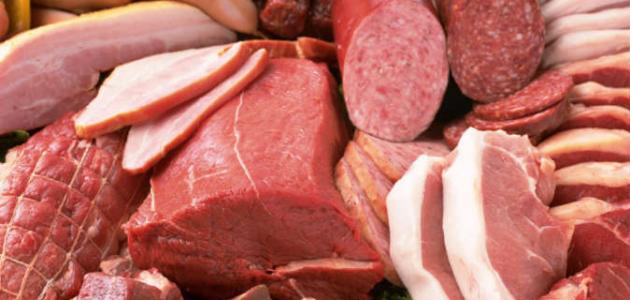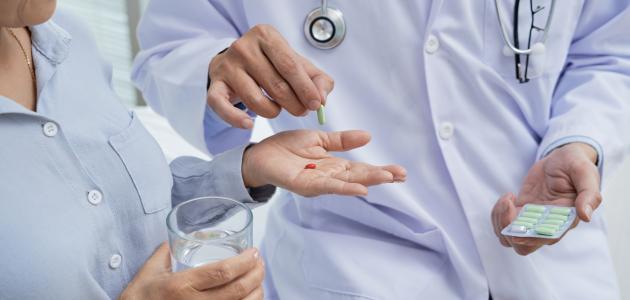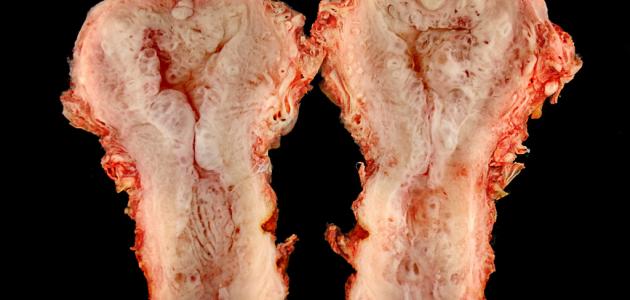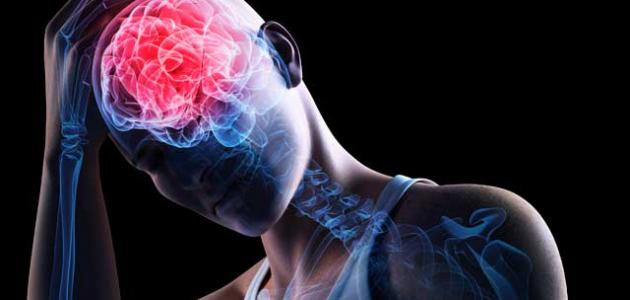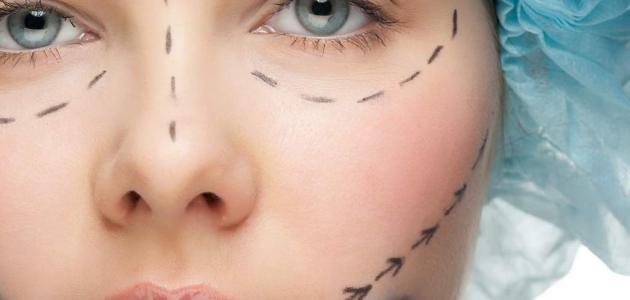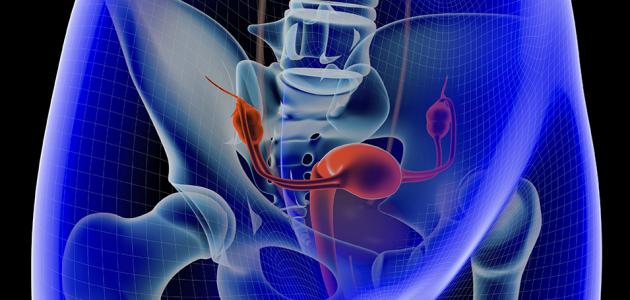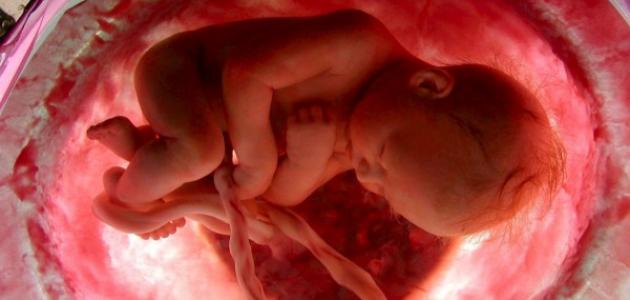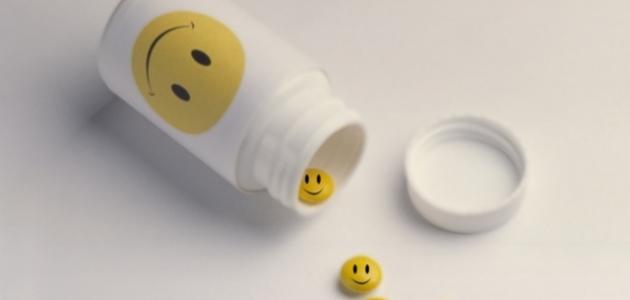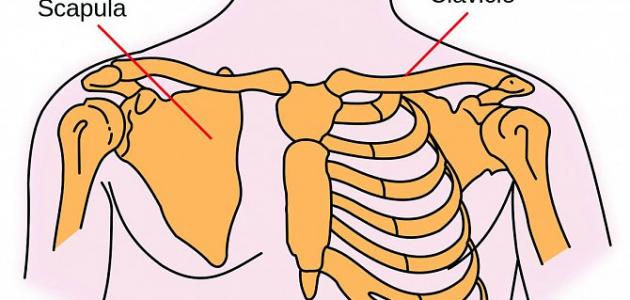Contents
Muscles in the human body
The human body consists of four main types of tissues, and muscle tissue is one of the most important of these tissues that make up the structure of the human body , and muscle tissue plays an important role in maintaining and contributing to the movement of body organs and generating heat, and muscle tissue consists of three main types of muscles : muscle Smooth, skeletal muscle, and cardiac muscle, and it is worth noting that each group of these muscles consists of specialized cells that give these muscles distinct characteristics. [1] [2]
Smooth muscle
Smooth muscles are also called visceral muscles, and these muscles are found in various internal organs: such as the stomach , bladder , uterus, blood vessels, and the bronchi., And helps to move materials inside the body, and smooth muscles consist of long and thin cells with a single central nucleus, and many protein fibers of actin and myosin that pass through the cell and are supported by a framework of other proteins, and are usually in the form of several layers on top of each other, and these are arranged Protein fibers are in chains called intermediate filaments and masses called dense bodies , and the function of these intermediate filaments is contraction to pull dense bodies, which leads to contraction of smooth muscles, and it is worth noting that smooth muscles are controlled by The nerve signals and hormones, and although each smooth muscle cell is weak and is alone, together, they generate a great force sufficient for the fetus to leave the mother's womb. [1] [3] [4]
Features of smooth muscles
Smooth muscle cells are characterized by several advantages that distinguish them from other types of muscle cells and help them to perform the required function of them. We mention among these features the following: [3] [1]
- Smooth muscles are considered involuntary. A person can not move and control the smooth muscles.
- It contains a single core.
- It is distinguished by that it is not striated in shape as in the skeletal and cardiac muscles , and it is not also branched.
Locations of smooth muscles and their functions
Smooth muscles are found in most body systems as the circulatory system , as they play an important role in maintaining blood pressure and oxygen flowThroughout the body and controlling it, so the smooth muscles line all the arteries and veins in the human body, so that it can maintain blood flow to all parts of the body, by controlling contractions and diastases, when the smooth muscles lining the blood vessels are stretched, this allows blood to flow, and it is worth noting That these muscles can be stimulated according to the availability of oxygen in the blood, especially the muscles in the veins, as they can adapt to deliver the amounts of oxygen to all parts of the body when the proportion of oxygen in the blood is low. The smooth muscles that line the blood vessels, these muscles in the digestive system respond to the stimuli that arise when you start eating, as these muscles contract so that the food can travel its way from the mouth through the digestive system and until it leaves the body, and there are smooth muscles as well.In the iris of the eye, it is responsible for its contraction in response to stimuli, and smooth muscles help the movement of fluids through the organs by controlling pressure, and although these muscles do not contract and relax quickly, as in the skeletal muscles and the heart muscle, they are important for maintaining stability and flexibility in the body .[4]
Diseases of the muscular system in the human body
Muscle spasms
These are sudden involuntary contractions of skeletal muscles due to a defect in the nerves that control the muscles, and muscle spasms are a symptom of many health problems or some medical conditions such as: pregnancy ; As about 30% of pregnant women suffer from leg cramps during pregnancy, especially in the last three months of pregnancy, and cramps may occur after exercising; It is believed to be closely related to physiological exertion, such as: dehydration or physical stress after exercise . Examples of health problems in which muscle spasm can be a symptom include: [5] [6]
- Parkinson's disease.
- Multiple sclerosis.
- Hypertension.
- Arteriosclerosis ( hardening of the arteries ).
- Hormone deficiency in the thyroid gland .
- Hyperthyroidism.
Myopathy
Myopathy is known as a neuromuscular disorder, and the main cause of it is muscle weakness resulting from a defect in muscle fibers, and the patient may exhibit some symptoms such as spasms and stiffness in the muscles, and it is worth noting that this disorder may be hereditary such as Metabolic myopathy. It is a group of diseases that occur as a result of metabolic problems that interfere with muscle function, or they may be acquired such as: toxic myopathy that occurs as a result of exposure to a toxin or taking a drug that affects the structure and function of muscles, or the resulting myopathy. For diseases that affect hormones, such as: thyroid disease and adrenal gland disease, Or myopathy resulting from an inflammatory infection affecting the performance of muscles to their functions, or myopathy resulting from an imbalance of blood salts, such as: an increase or decrease in potassium in the blood. [7] [8]
Causes of diseases of the muscular system
There are many reasons that may contribute to muscle diseases, including the following: [9]
- A genetic disorder such as: muscular dystrophy .
- Some types of cancer.
- Some infections such as polymyositis.
- Nerve diseases affecting muscles.
- Take certain medications.
- Tendinitis .
References
- ^ A b T "Muscle Cell Types" , Www.innerbody.com , Retrieved 21-2-2019. Edited.
- ↑ "Types of muscle tissue" , medlineplus.gov , Retrieved 21-2-2019. Edited.
- ^ A b "Your Muscles" , Kidshealth.org , Retrieved 21-2-2019. Edited.
- ^ A b " of Smooth Muscle" , Biologydictionary.net , Retrieved 10-3-2019. Edited.
- ↑ "Muscle Cramps" , www.myvmc.com , Retrieved 21-2-2019. Edited.
- ↑ "Muscle cramp" , www.mayoclinic.org , Retrieved 21-2-2019. Edited.
- ↑ "Myopathy Information Page" , www.ninds.nih.gov , Retrieved 21-2-2109. Edited.
- ↑ "Myopathy Causes, Symptoms, and Treatment" , www.verywellhealth.com , Retrieved 21-2-2019.
- ↑ "Muscle Disorders" , medlineplus.gov , Retrieved 21-2-2019. Edited.



